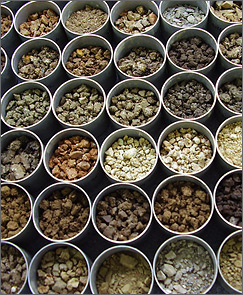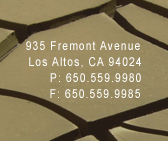 |
|
|
|
 |
 |
Murray Engineers Inc. provides geotechnical services in the San Francisco Bay Area including: San Francisco County (San Francisco), San Mateo County (Atherton, Belmont, Brisbane, Burlingame, Colma, Daly City, East Palo Alto, Foster City, Half Moon Bay, Hillsborough, Menlo Park, Millbrae, Pacifica, Portola Valley, Redwood City, San Bruno, San Carlos, San Mateo, South San Francisco, Woodside), Santa Clara County (Campbell, Cupertino, Gilroy, Los Altos, Los Altos Hills, Los Gatos, Milpitas, Monte Sereno, Morgan Hill, Mountain View, Palo Alto, San Jose, Santa Clara, Saratoga, Sunnyvale), and Santa Cruz County (Santa Cruz, Capitola, Santa Cruz, Scotts Valley, Watsonville) Copyright 2012 Murray Engineers, Inc. |

